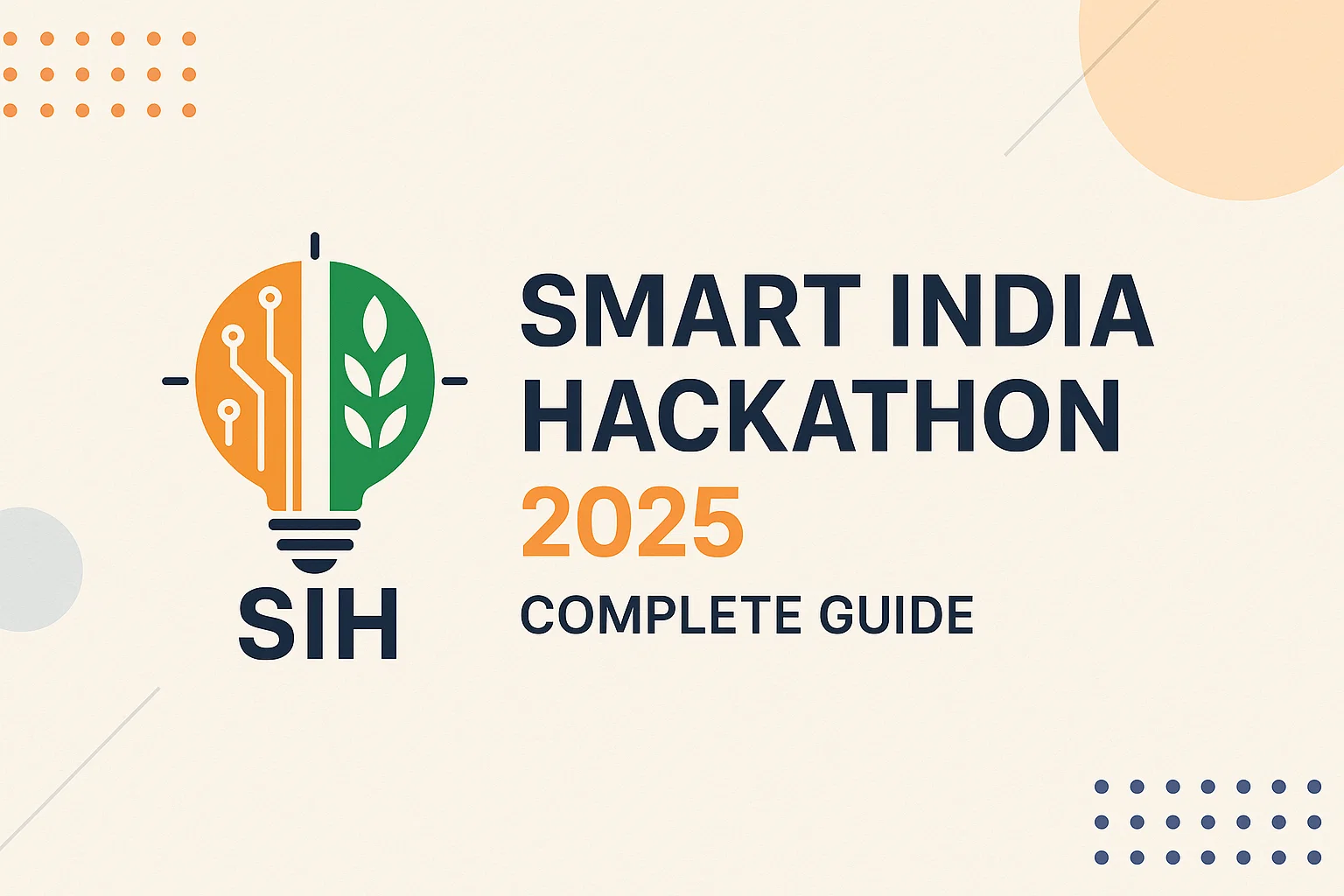The aim of this course is to
- Practice object oriented programming in the Java programming language
- Implement Classes, Objects, Methods, Inheritance, Exception, Runtime Polymorphism, User defined Exception handling mechanism
- Illustrate inheritance, Exception handling mechanism, JDBC connectivity
- Construct Threads, Event Handling, implement packages, Java FX GUI
- Object Oriented Programming fundamentals- data types, control structures
- Classes, methods, objects, Inheritance, polymorphism,
- Exception handling, Threads, Packages, Interfaces
- Files, I/O streams, JavaFX GUI
Exercise – 1:
a) Write a JAVA program to display default value of all primitive data type of JAVA Program
b) Write a java program that display the roots of a quadratic equation ax2+bx=0. Calculate the discriminate D and basing on value of D, describe the nature of root. Program
Exercise - 2:
a) Write a JAVA program to search for an element in a given list of elements using binary search mechanism. Program
b) Write a JAVA program to sort for an element in a given list of elements using bubble sort Program
c) Write a JAVA program using String Buffer to delete, remove character. Program
Exercise - 3 :
a) Write a JAVA program to implement class mechanism. Create a class, methods and invoke them inside main method. Program
b) Write a JAVA program implement method overloading. Program
c) Write a JAVA program to implement constructor. Program
d) Write a JAVA program to implement constructor overloading. Program
Exercise - 4
a) Write a JAVA program to implement Single Inheritance Program
b) Write a JAVA program to implement multi level Inheritance Program
c) Write a JAVA program for abstract class to find areas of different shapes Program
Exercise - 5
a) Write a JAVA program give example for “super” keyword. Program
b) Write a JAVA program to implement Interface. What kind of Inheritance can be achieved? Program
c) Write a JAVA program that implements Runtime polymorphism Program
Exercise - 6
a) Write a JAVA program that describes exception handling mechanism Program
b) Write a JAVA program Illustrating Multiple catch clauses Program
c) Write a JAVA program for creation of Java Built-in Exceptions Program
d) Write a JAVA program for creation of User Defined Exception Program
Exercise - 7
a) Write a JAVA program that creates threads by extending Thread class. First thread display “Good Morning “every 1 sec, the second thread displays “Hello “every 2 seconds and the third display “Welcome” every 3 seconds, (Repeat the same by implementing Runnable) Program
b) Write a program illustrating is Alive() and join () Program
c) Write a Program illustrating Daemon Threads. Program
d) Write a JAVA program Producer Consumer Problem Program
Exercise – 8
a) Write a JAVA program that import and use the user defined packages Program
b) Without writing any code, build a GUI that display text in label and image in an Image View (use JavaFX)
c) Build a Tip Calculator app using several JavaFX components and learn how to respond to user interactions with the GUI
Exercise - 1 (Basics)
a). Write a JAVA program to display default value of all primitive data type of JAVA
import java.io.*;
class Primitivevalues
{
static boolean B1;
static byte T1;
static int I1;
static float F1;
static double D1;
static char C1;
public static void main(String args[])
{
System.out.println("static variable Default values for BYTE:"+T1);
System.out.println("static variable Default values for INT:"+I1);
System.out.println("static variable Default values for FLOAT:"+F1);
System.out.println("static variable Default values for DOUBLE:"+D1);
System.out.println("static variable Default values for CHAR:"+C1);
System.out.println("static variable Default values for BOOLEAN:"+B1);
}
}
b). Write a java program that display the roots of a quadratic equation ax2+bx=0. Calculate the discriminate D and basing on value of D, describe the nature of root.
import java.io.*;
import static java.lang.Math.sqrt;
import java.util.*;
class Roots
{
void m1(int a,int b,int c)
{
double value=(Math.pow(b,2.0)-4*a*c);
double discriminant=(double)Math.sqrt(value);
if(value>0)
{
System.out.println("Roots are real numbers");
double root1=(discriminant-b)/(2*a);
double root2=(-b-discriminant)/(2*a);
System.out.println("FirstRoot"+root1+"\nSecond Root"+root2);
}
else if(value==0)
{
double root1=(discriminant-b)/(2*a);
System.out.println("Polynomial has one Root"+root1);
}
if(value<0)
{
System.out.println("Roots are imaginary numbers");
System.out.println((-b+"i"+"+"+(-1*value))+"/"+(2*a));
System.out.println((-b+"i"+"-"+(-1*value))+"/"+(2*a));
}
}
public static void main(String [] args)
{
int a,b,c;
System.out.print("Enter a,b,c values:");
Scanner br=new Scanner(System.in);
a=br.nextInt();
b=br.nextInt();
c=br.nextInt();
new Roots().m1(a,b,c);
}
}
Exercise - 2 (Operations, Expressions, Control-flow, Strings)
a). Write a JAVA program to search for an element in a given list of elements using binary search mechanism.
import java.util.Scanner;
import java.io.*;
class Binarys
{
public static void main(String args[])
{
int c,first,last,middle,n,search,array[];
boolean status=false;
Scanner s=new Scanner(System.in);
System.out.println("Enter number of elements:");
n=s.nextInt();
array=new int[n];
System.out.println("Enter"+n+"integer:");
for(c=0;c<n;c++)
array[c]=s.nextInt();
for (int i = 0; i < array.length; i++)
{
for (int j = i + 1; j < array.length; j++)
{
if (array[i] > array[j])
{
int temp = array[i];
array[i] = array[j];
array[j] = temp;
}
}
}
System.out.println("Enter value to find:");
search=s.nextInt();
first=0;
last=n-1;
middle=(first+last)/2;
for(int i=0;i<n;i++)
{
if(first<=last)
{
if(array[middle]<search)
first=middle+1;
else if(array[middle]==search)
{
status=true;
}
else
{
last=middle-1;
}
middle=(first+last)/2;
}
}
if(status==true)
{
System.out.println(search+"found at location"+(middle+1));
}
else
System.out.println(search+"is not found in the list");
}
}
b). Write a JAVA program to sort for an element in a given list of elements using bubble sort.
import java.util.Scanner;
public class Bubblesort
{
public static void main(String[] args)
{
Scanner s=new Scanner(System.in);
System.out.println("enter the size of the array:");
int size=s.nextInt();
System.out.println("enter the values into the array:");
int arr[]=new int[size];
for(int i=0;i<size;i++)
{
arr[i]=s.nextInt();
}
sorting(arr);
}
public static void sorting(int arr[])
{
int n=arr.length;
int temp=0;
for(int i=0;i<n;i++)
{
for(int j=1;j<(n-i);j++)
{
if(arr[j-1]>arr[j])
{
temp=arr[j-1];
arr[j-1]=arr[j];
arr[j]=temp;
}
}
}
System.out.println("the sorted arraty is:");
for(int i=0;i<arr.length;i++)
{
System.out.print(arr[i]+"\t");
}
}
}
import java.util.Scanner;
import java.lang.*;
class stringbuffer
{
public static void main(String args[])
{
Scanner s=new Scanner(System.in);
System.out.println("enter a string you like:");
String str=s.nextLine();
StringBuffer b=new StringBuffer(str);
System.out.println("enter the index you want to delete from:");
int i1=s.nextInt();
System.out.println("to:");
int i2=s.nextInt();
b.delete(i1,i2);
System.out.println("after deletion the new buffer is:"+b);
}
}




